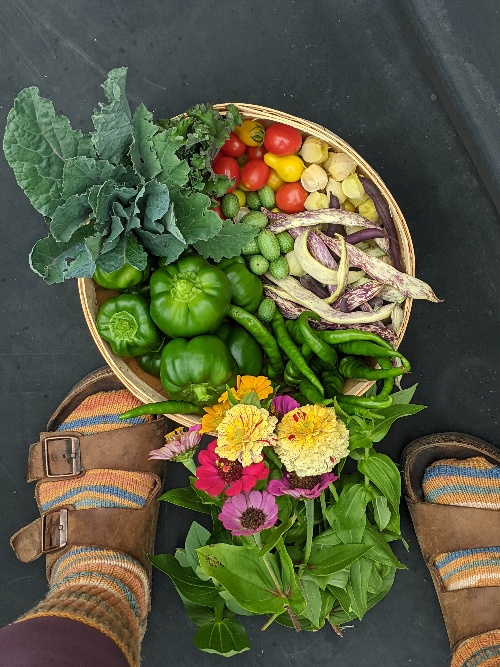
If you’ve got slugs, one of the best ways to get rid of them is to open up a bar. Yes, it appears that, like many of us, after working hard in the garden all day, slugs also appreciate a beer. Slug traps that employ this bubbly beverage are cheap, easy to set up and maintain, and more importantly – effective.
The Basics
The idea is simple, and gardeners have been employing it for ages. You place a small container filled with beer in your garden. The slugs are attracted to the beer, fall in and drown, happily slurping up the golden brew. Not a bad way to go for a slug, I guess.
Like many things in the garden, simplicity gets the job done. But if you don’t do it right, you won’t get the results you’re looking for. So, I’ll help you avoid a common pitfall and give you a couple of tips for using these traps for a slug-free summer.
A Common Mistake to Avoid
These simple traps work remarkably well if used correctly. Unfortunately, a common mistake has led some gardeners to believe that the traps don’t work or even exacerbate the problem, and this proves true if you don’t set the traps up right.
The key to success when placing your slug beer traps is to put them away from the plants you’re trying to protect.
Mistakenly, gardeners will set up traps where they see the slugs – near the veggies they want to protect. While this might lure away the ones already on your plants, the smell of the beer will also lure in more slugs to the very plants you’re trying to keep slug-free, making the problem worse.

Instead, it’s best to place slug traps away from the vegetables you wish to protect.
Veteran gardeners are probably chuckling right about now, realizing this can be tricky. The list of vegetables slugs don’t eat is short, making it hard to find a good spot for slug traps, especially in smaller gardens.
For the most part, slugs prefer tender vegetables, such as lettuce and brassicas, like spinach, kale, cabbage, etc. They love the young leaves and fruit of cucumbers, tomatoes, squash, etc. So, finding a zone where you want to lure slugs in your garden can be difficult.
Setting Up Your Trap

Setting up several traps around the periphery of the garden seems to work best. As we all know, some years are better or worse than others for slug populations. I’ve found it’s best to get traps set up early and profusely. Then, depending on how many drowned slugs I find in the spring, I can add or take away traps.
For the best results, dig a hole for the containers so they are flush with the ground. You’ll be less likely to kick them over, and it makes it easier for the slugs to find them. You can use tin cans, plastic bottles with the tops cut off or other empty food containers. If you can find something that has a bit of a lip, it makes it easier to prise it back up out of the ground to dump the trap.

The Best Beer?
Obviously, you don’t want to use your fancy craft brews here. Otherwise, you’ll find flannel-wearing hipsters sipping out of your traps in the morning, and they’re harder to get rid of than slugs.

Choose something cheap and dark, like a lager or an ale. If you can find a cheap brown ale, that’s even better. Darker beers tend to give off a stronger yeasty or malty smell, and the scent lasts longer than, say, a pilsner or a pale ale.
Of the slugs I interviewed for this article, most agreed that they avoid traps with IPAs as the whole IPA thing is a bit overdone, and they wish beer makers would move on to something else already.
All the slugs agreed, however, that freshness is key, which leads me to my final point.
Maintaining the Slug Traps

For slug traps to work continuously, they need to be maintained continuously. Clearly, if the trap is filled with dead slugs, live slugs will avoid it. Also, if it has rained, the trap will stop working.
Check the traps each time you head out to the garden.
Dump out and refill traps that have a lot of slugs in them. Dump the traps and refill them with fresh beer after it rains. It’s a good idea to put in fresh beer every three days so the scent remains strong to attract slugs.
And that’s all there really is to these simple slug traps.
If you set up your traps away from the veg you want to protect, and you’re diligent about emptying and topping them off with fresh beer, you’ll find these traps immensely useful in the defense of your garden. Don’t forget to set aside a couple of those beers to enjoy after a long afternoon spent working in the garden. The slugs don’t have to be the only ones enjoying a beer in your garden this summer.
For more slug-busting ideas:

Get the famous Rural Sprout newsletter delivered to your inbox.
Including Sunday musings from our editor, Tracey, as well as “What’s Up Wednesday” our roundup of what’s in season and new article updates and alerts.



